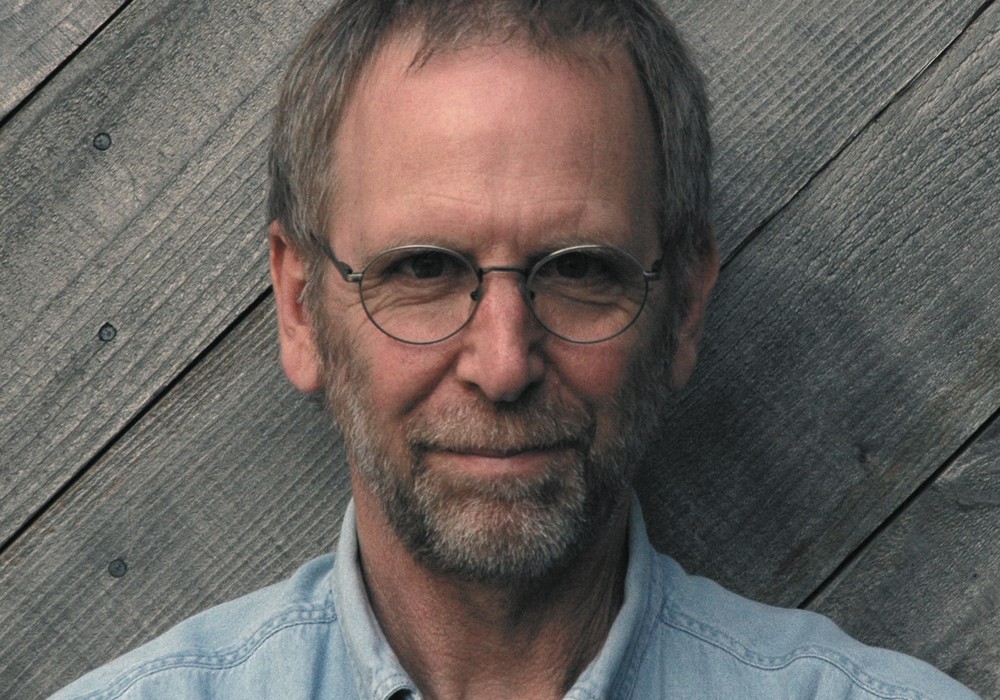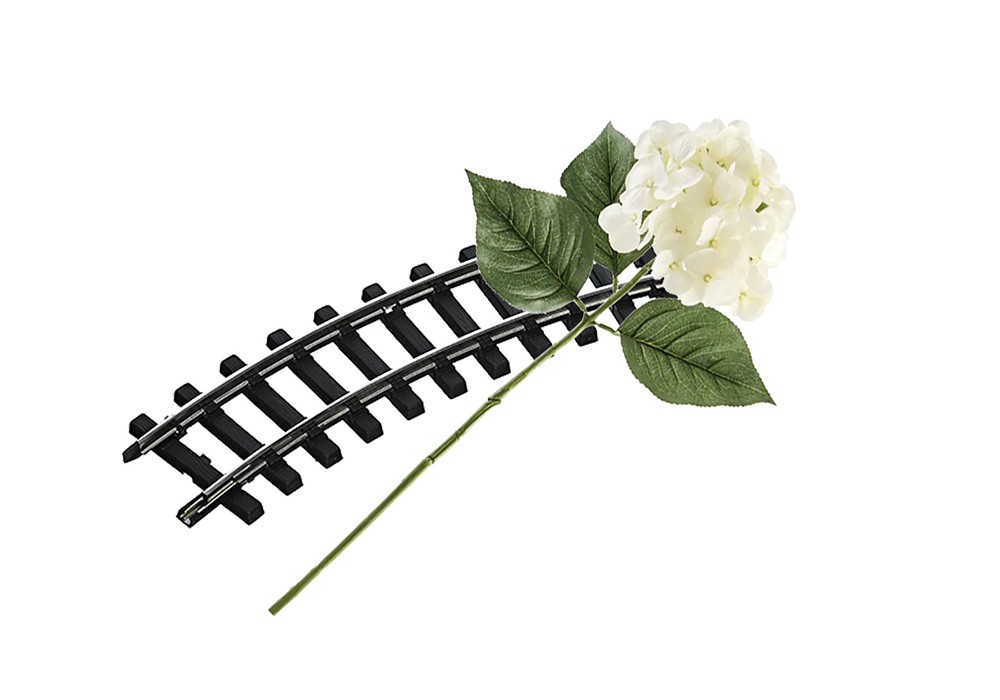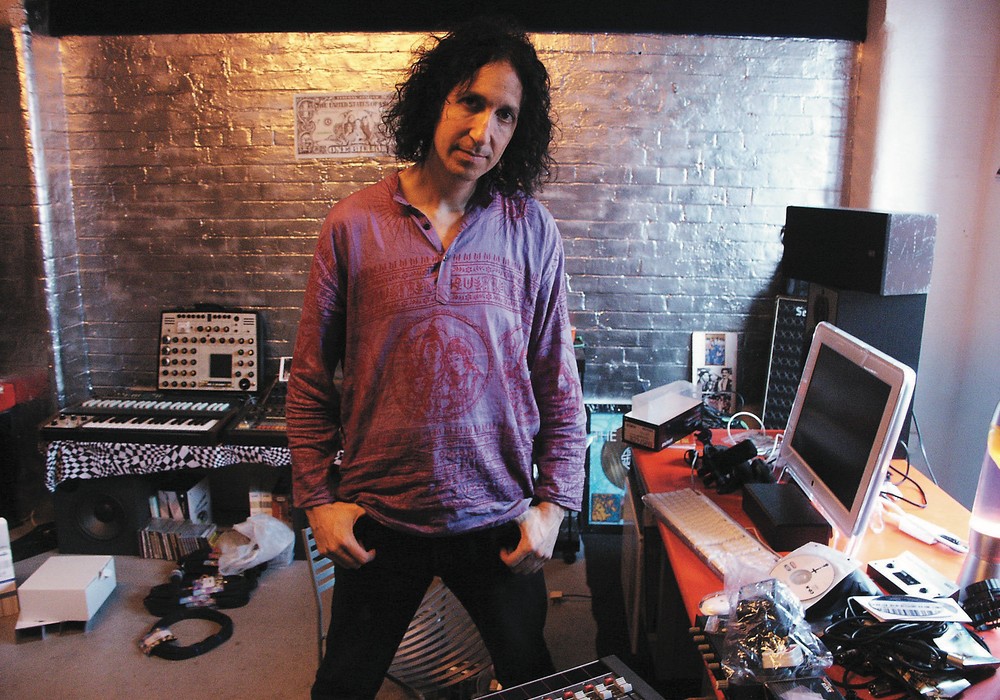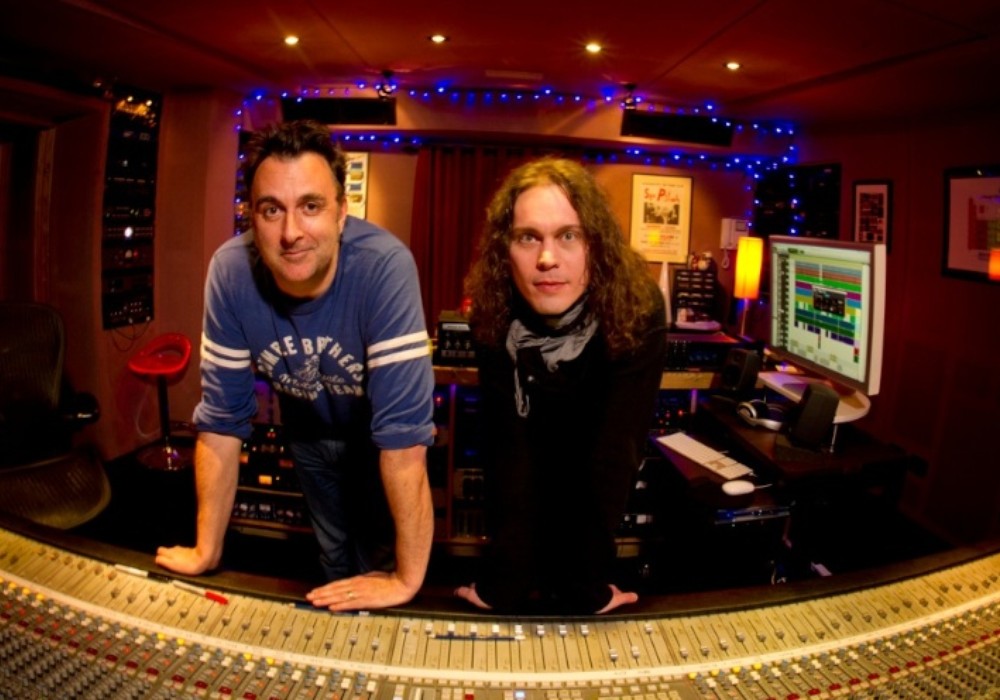Well-known as a pianist, vocalist, and songwriter, Harry Connick Jr. found himself with a cancelled tour, left at home seeking “comfort, peace, and truth throughout the process of making music.” He played all the instruments and recorded himself at his home studio and then mixed it with longtime producer/engineer Tracey Freeman. The resulting album, Alone With My Faith, comes across like a healing balm for these times. As Harry says, “Recording was what was necessary… to help guide me through the uncharted odyssey in which we all unexpectedly found ourselves.”
Is this the first time you’ve done a solo record where you did it all on your own?
For the whole album, yes. I’ve recorded songs over the years that were either a cappella vocals or me playing all the instruments on a song or two, but never a whole album.
Do you do overdubs and track sometimes at your personal studio as well when you’re working on other albums?
Not really. If it’s a big orchestral album, I’ll write the scores here. But there’s no performing done at the home studio. I don’t do any demo or overdubbing; it’s all live in the studio.
Right. So, you’ve kept that more of a writing space for yourself.
Yeah. It’s all writing, and then, for this album, recording.
How do you have so many instruments there?
Well, I’ve collected instruments for a long time. I like playing different instruments, different brass or stringed instruments, drums, and synths. I have a lot here. It was great to have them accessible when I was doing this album, because I was hearing so many different parts. If I was hearing a glockenspiel, I have a glock. Or if I was hearing a celeste, I have a celeste. It was cool to be able to use those so readily.
Were you playing actual strings? I thought I heard a Mellotron.
Yeah, good ears. It was cello Mellotron on the outro of a song called “All These Miracles.” I did play strings on the album, but not much.
Your one-sheet notes mention that you weren’t using any soft-synths. What made you want to make that known?
I remember when [Queen’s] A Night at the Opera came out, and it had, “No Synthesisers!” [in the credits]. You remember that?
Oh, yeah!
That’s important to me. There are people out there who are going to listen to this album, like yourself, who know exactly what “no soft synths” means. It would be a thousand percent easier to do this on my laptop with a MIDI controller and get all those sounds. There’s something about playing a Wurly [Wurlitzer], playing a [Fender] Rhodes, and playing a [Hammond] B3. In fact, the only instrument even remotely close to that was the Mellotron. Yeah, I could have put fake brass on it, but even the drum machine was a [Dave Smith Instruments] Tempest, which is an analog drum machine. It was important for me to have the signal path be as analog as I could have it, and to have the instruments be as analog as I could have them, because I knew there would be people out there who’d be listening for it.
Also, as a producer and engineer myself, I feel that it imparts a very different emotional feel to the music.
Not only the sound of it, but the performance. If you’re playing a MIDI controller that you want to sound like a Mark 1 Rhodes, yeah, it can be pretty close; but your performance is going to be different with the imperfections and idiosyncrasies of the instruments themselves. Across the board – if you have access to it – it’s cool to use it.
Yeah. I’ve got Rhodes and Wurlitzer electric pianos here; I know exactly what you’re talking about. You’re working in Apple’s Logic. Is this the most intense tracking and editing you’ve undertaken on your own?
Oh, yeah. Back in the old days, when we were splicing tape, there were days which were super intense, but I wasn’t the one with the razor blade! [laughter] It wasn’t super intense for me. But yes, we’re talking about 70, 80, 90 tracks on some of these tunes. A lot of editing, which I love to do, but editing real audio with that many tracks is usually something that I’ll sit and watch somebody else do and tell them what I want. That’s not the case here!
There’s a real sense of space, even though it’s you playing all the instruments and all the vocals. It felt sometimes, like when you’re singing backing vocals, that you were getting back off the mic or putting the instruments in the room during the tracking. Is that true?
Yeah. It is...
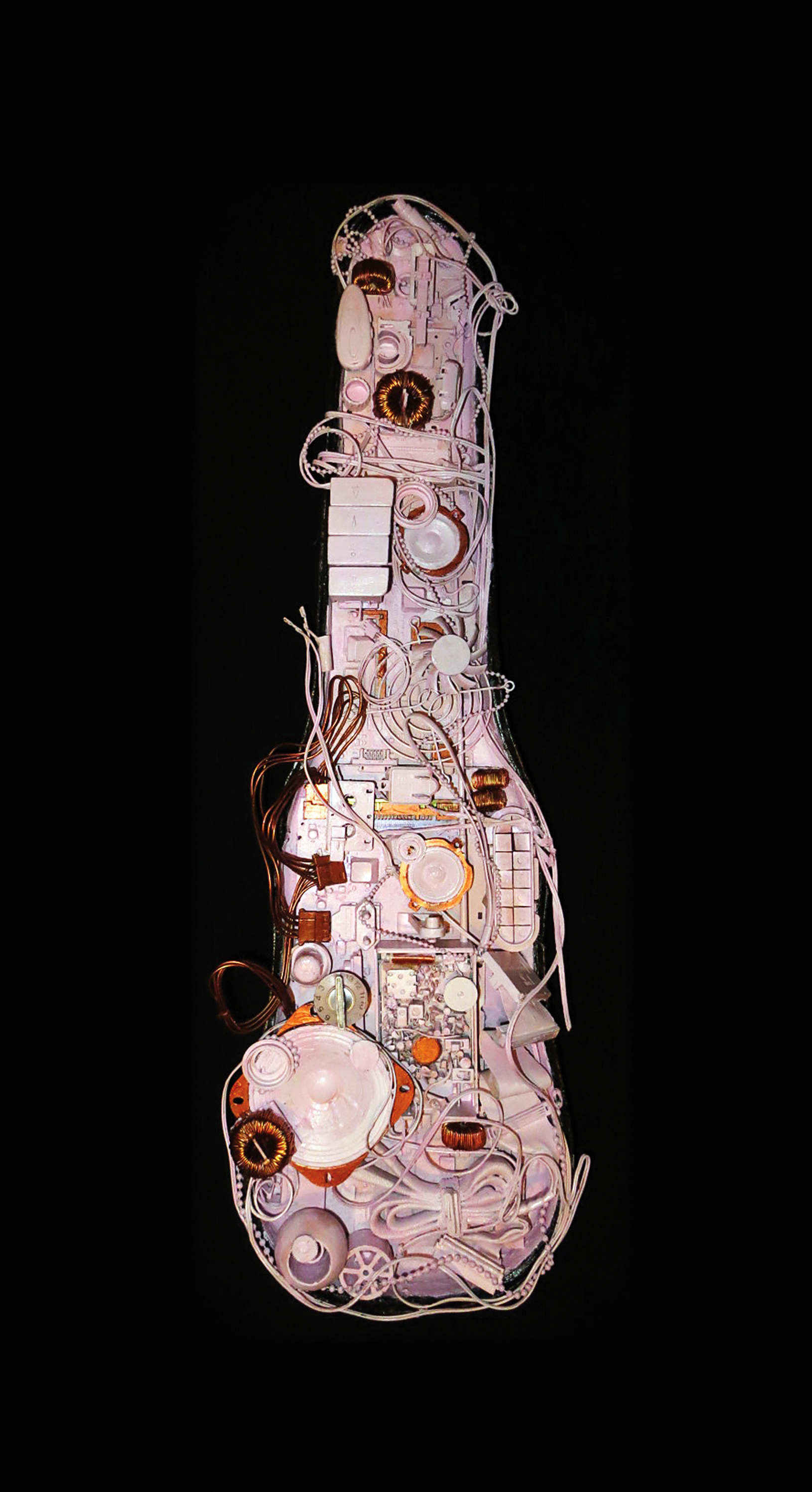

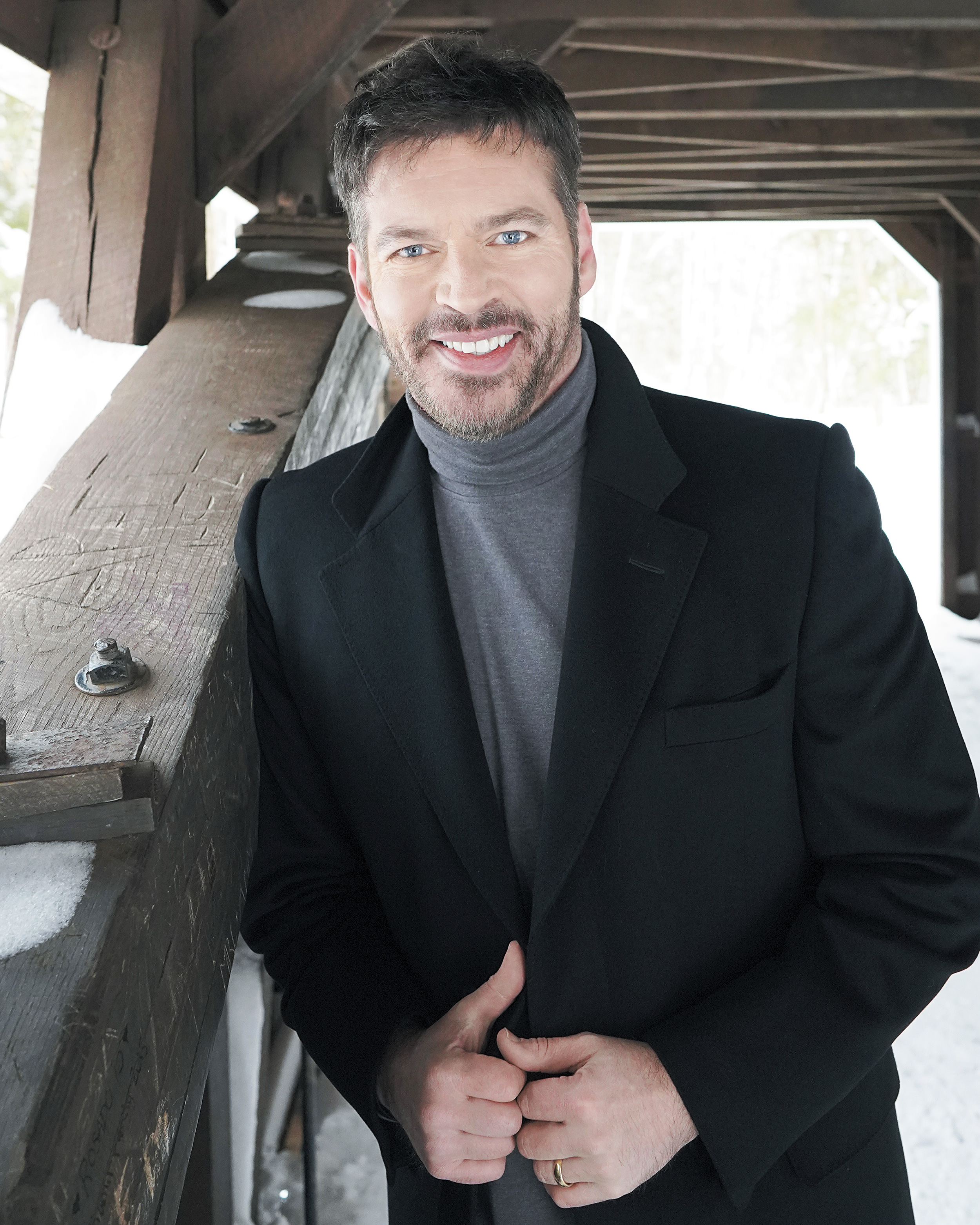
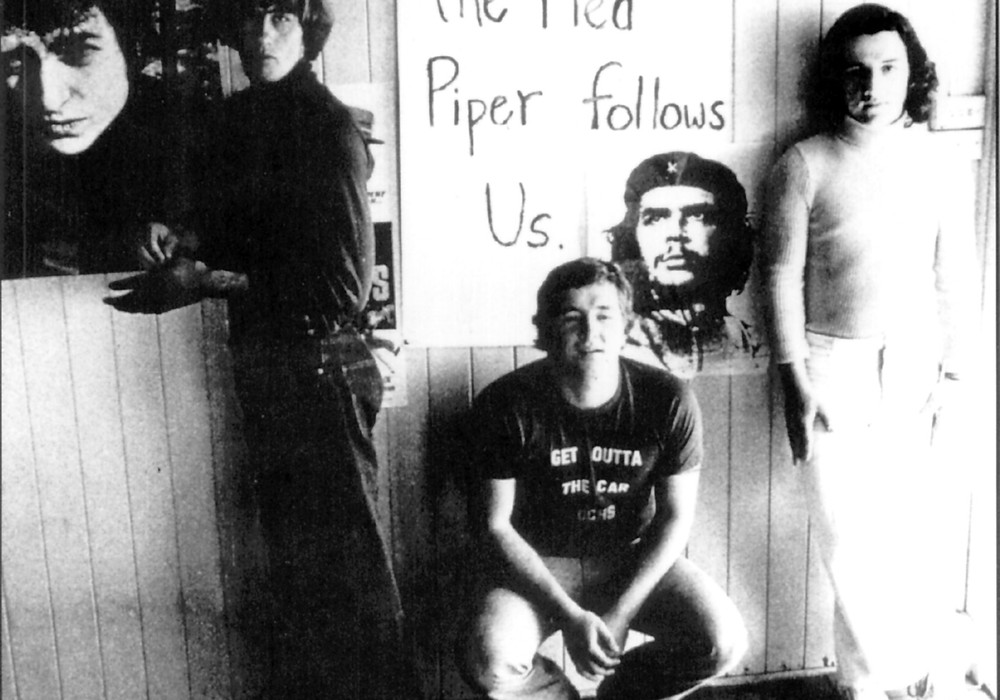
_display_horizontal.jpg)
